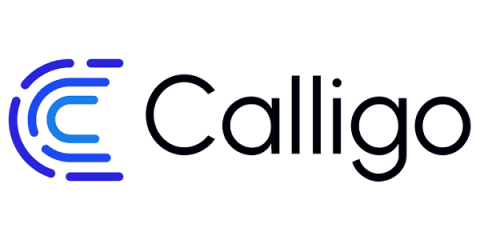ISO 27001 Certification Expired: Why, and What Can You Do?
Two years ago, The International Organization for Standardization (ISO) published a long-awaited update to their primary cybersecurity framework, ISO 27001. The previous version, ISO 27001:2013, was nearly a decade old and in need of a refresh. The new version, ISO 27001:2022, is currently the version in effect. As part of the roll-out of ISO 27001:2022, companies were given instructions on how to transition to the new version from the 2013 version.











